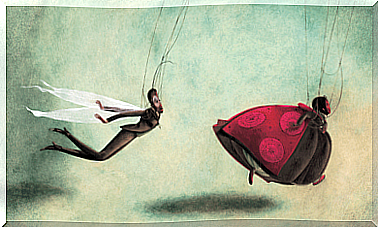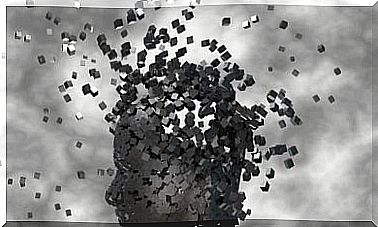Titanic, 20 Years Of An Acclaimed Love Story
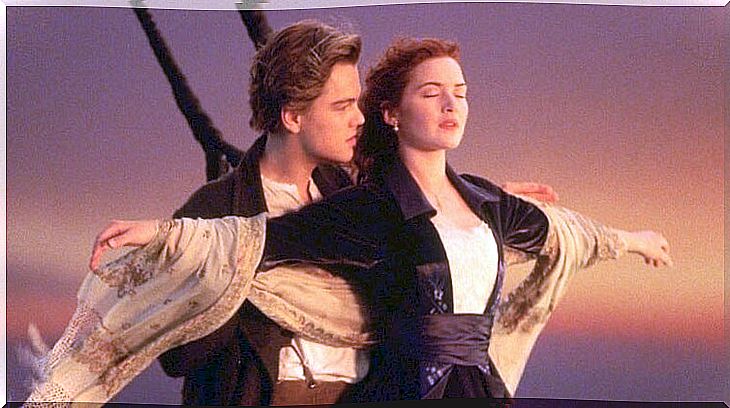
Titanic is one of the best known and blockbuster movies of all time. Its success was so great that it became a kind of epidemic, everyone competed to see who was the one who had gone to the movies the most times to see it.
It premiered in November 1997, but arrived in Spain in January 1998 and was re-released in 3D in 2012, commemorating the centenary of the sinking of the famous ship. 20 years have passed since the first time we saw it, however, it is still very much alive, Titanic is an icon of contemporary cinema.
The history of the Titanic has been in the media since its birth, as it was the most luxurious ship of its time and the largest ocean liner at the time. However, his life was short and he sank on his maiden voyage; sinking that caused the death of 1,514 people out of a total of 2,223. A real tragedy in the icy waters of the Atlantic.
His story has been shrouded in mystery, premonitions and controversy. The shortage of boats and the management of the White Star Line company were harshly criticized. In addition, most of the victims were third-class passengers, a tragic example of the social inequalities of the time. Therefore, it is not surprising that it has inspired numerous films, the first, Saved from the Titanic , appeared in 1912, shortly after its sinking; although the best known is undoubtedly that of Cameron.
The Cameron film, in addition to breaking records in collection, had a budget never seen before, which left us with really moving and tragic scenes thanks to the special effects. Beyond the story of Jack and Rose, Cameron also rescued some real characters who were on the Titanic such as: Molly Brown, Thomas Andrews, Benjamin Guggenheim or Captain Smith, among others.
The tragedy, the love story, the special effects, the sets, the costumes and the unmistakable My heart will go on won the film 11 Oscars. Cameron invited us to dream, to relive a tragedy and a time full of social inequalities; He conveyed his fascination with the Titanic to us. Fascination that has also been reflected in the numerous visits received by Titanic the exhibition , a traveling exhibition about the ship.
Titanic , the story of Jack and Rose
Without a doubt, in addition to the sinking and the tragedy, the most remarkable thing about the film is the love story that arises between Jack and Rose, two young people who come from very different worlds, but who seem to complement each other perfectly. His story presents us with a very idealized love, which begins with a crush, moves forward quickly and ends in the most tragic way possible.
Love has always existed, it is everywhere, but it is very difficult to define it. Greek philosophers launched some theories about love, psychology has also addressed it and cinema and literature have not been left behind. Love is something that escapes rationality and that our difficulty in understanding it and adjusting it to a model leads us to propose an infinity of theories.
For example, in Plato’s Banquet a myth is narrated that fits in with that constant search for the better half, for the soul mate. This myth explains that, originally, the first beings had a rounded shape, with 4 arms, 4 legs and 2 faces. Later, they would be divided in half, giving rise to the human being, thus, they explained why, in our walk through life, we constantly look for our other half.
Love has been seen as an inexhaustible energy or source of inspiration capable of moving the world and that is in everything that surrounds us. Finding that half that we lack would bring us balance, but since it is such a spiritual and almost divine search, death often appears on the scene; something like this is what happens in Romeo and Juliet. In Shakespeare’s well-known play, young lovers must face a social barrier, just like in Titanic .
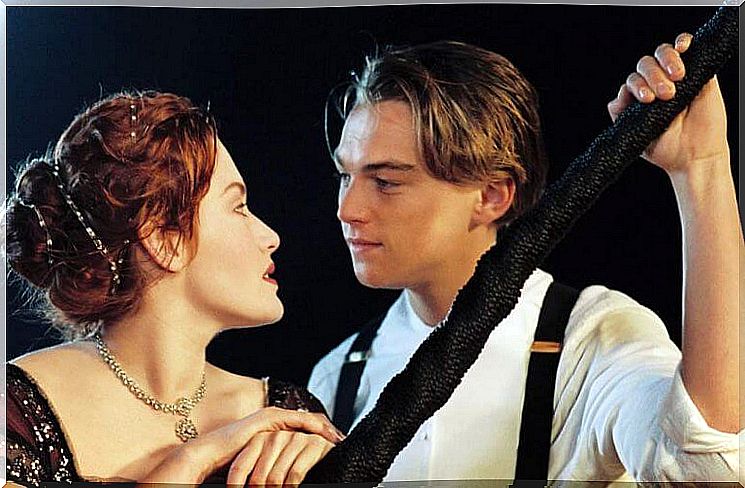
In psychology, the figure of Stenberg stands out, who raises the triangular theory of love. In it, he explains that, for a love to be true, three dimensions – passion, intimacy and commitment – have to be developed. We can identify these three dimensions without much effort in the protagonists of Titanic , since from the beginning we see a desire to meet the other person, to know who they are, what they do… In short, to connect in an intimate way. We also see a strong passion between them, as if an uncontrollable force was leading them to be together; and, of course, the commitment appears, let’s not forget the famous phrase “if you jump, I jump.”
The Titanic love story is so magical and so fascinating that it leads to an impossible love, displaying many of the signs of idealization with which we identify romantic love. It has all the components of idealization: crush, irrepressible passion, obstacles, social differences and, of course, tragedy. An idealization that, on the other hand, has fed our imagination since ancient times, and presents us with a divine and unattainable love that we could only access after death, when the soul escapes from the corporeal prison, as we see in Romeo and Juliet .
Titanic and social classes
As we said, Jack and Rose belong to two different worlds: Jack, is a third-class passenger, of a dreamy nature, who arrives at the Titanic by sheer luck (or misfortune), as he gets his ticket in a game of poker. Rose, on the other hand, is a first-class young woman who travels on the Titanic alongside her mother and her fiancé, Caledon Hockley. Rose, unlike Jack, is not happy, because her life is nothing more than a sham ; her father left them a debt-ridden inheritance and, to avoid losing her status, her mother decides that Rose should marry Hockley, a very wealthy man.
Titanic criticizes inequalities. There are areas of the ship that third class passengers cannot access, being the enjoyment of these one of the privileges of passengers traveling in first class. We only have to take a look at the figures for the Titanic to realize that, even in death, these inequalities were present, causing the majority of victims to be third-class passengers and many of their bodies not being rescued.
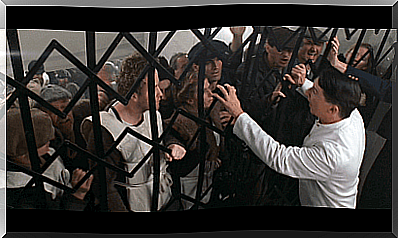
We see inequalities even among first-class passengers, for example, in the character of Molly Brown who, despite being a very wealthy woman, generates rejection among the rest of the passengers for considering her a “new rich”. Perhaps due to her humble origins, Molly Brown proves to be one of the most feisty and empathetic passengers, something that contrasts with the arrogance and pride of Rose’s mother.
Despite all these social differences and the impact they had on the number of victims, the film also invites us to reflect on happiness. You only have to see the scenes that cover the third-class party to realize that these people act in a natural and spontaneous way: despite the difficulties, they are capable of exploiting all the means available to them to enjoy. These differences annoy us, they sadden us, but they are also a sign that, although money opens up the range of possibilities, it does not make us feel like it or teach us to enjoy the options we choose.





